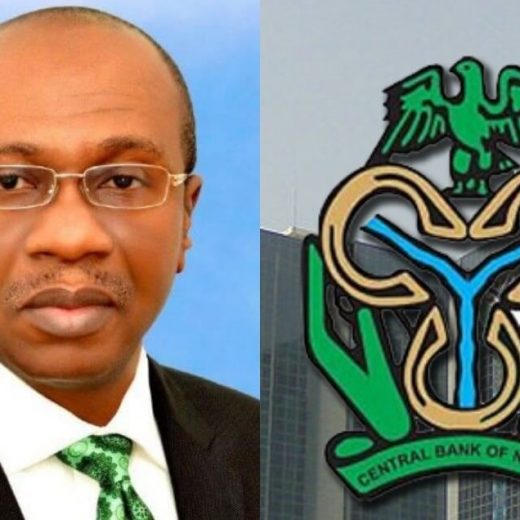The unchanged stance by the Monetary Policy Committee (MPC) of the Central Bank of Nigeria at its meeting on Monday in retaining the Monetary Policy Rate (MPR) at 12.5%, and other key indices could help prevent a further weakening of the Naira, Governor of the Central Bank of Nigeria [CBN], Godwin Emefiele has hinted.
Recall that at their meeting on Monday where eight of the ten members voted to keep the rate unchanged, the asymmetric corridor of +200/-500 basis points, CRR was retained at 27.5%, while Liquidity Ratio was also kept at 30%
According to the MPC, the decision to hold all rates constant was largely driven by the effect of the outbreak of COVID-19 that has largely disrupted the global economy.
The drop in the currency, a renewed move from the central bank to limit access to foreign exchange, border closures and clashes between herders and farmers have pushed inflation to 12.6%, the highest level since March 2018.
Africa’s largest economy was hit by the double whammy of the oil-price crash and the coronavirus pandemic this year. Crude accounts for almost 90% of exports and more than half of government revenue. The price drop is squeezing government finances and the availability of dollars.
It will be “a relatively cautious option to hold,” Emefiele said. The 100 basis-point cut the MPC announced in May is working through the economy and the MPC is optimistic that the contraction in gross domestic product for 2020 will be small, followed by a strong recovery next year, he said.
Hamstrung by high inflation from aggressively cutting the benchmark rate, the central bank has introduced measures, such as a moratorium on loan-interest payments, reducing lending rates for critical sectors and intervention funding to stem the negative economic impact of Covid-19.
According to expert, the efforts to accelerate credit extension in the economy would not do much if the CBN is going to uphold and tighten foreign-exchange restrictions. This will further undermine growth by hampering economic activity and accelerate the increase in the headline inflation print.

 Business7 days ago
Business7 days ago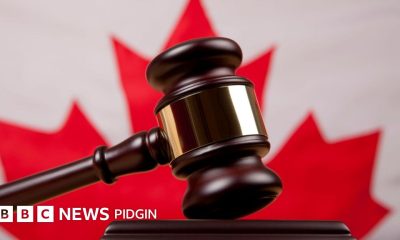
 Crime1 week ago
Crime1 week ago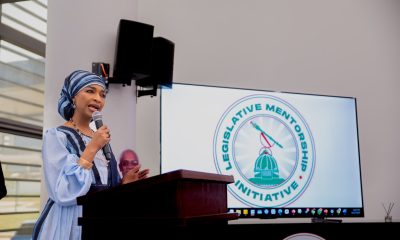
 Business1 week ago
Business1 week ago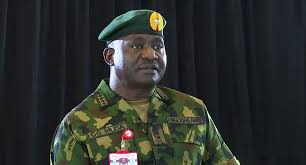
 Latest3 days ago
Latest3 days ago
 Latest4 days ago
Latest4 days ago
 Politics1 week ago
Politics1 week ago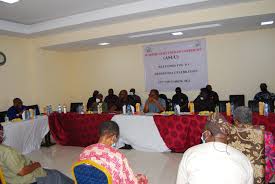
 Education1 week ago
Education1 week ago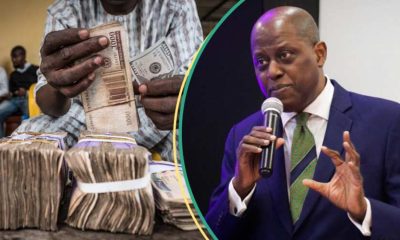
 Business5 days ago
Business5 days ago
